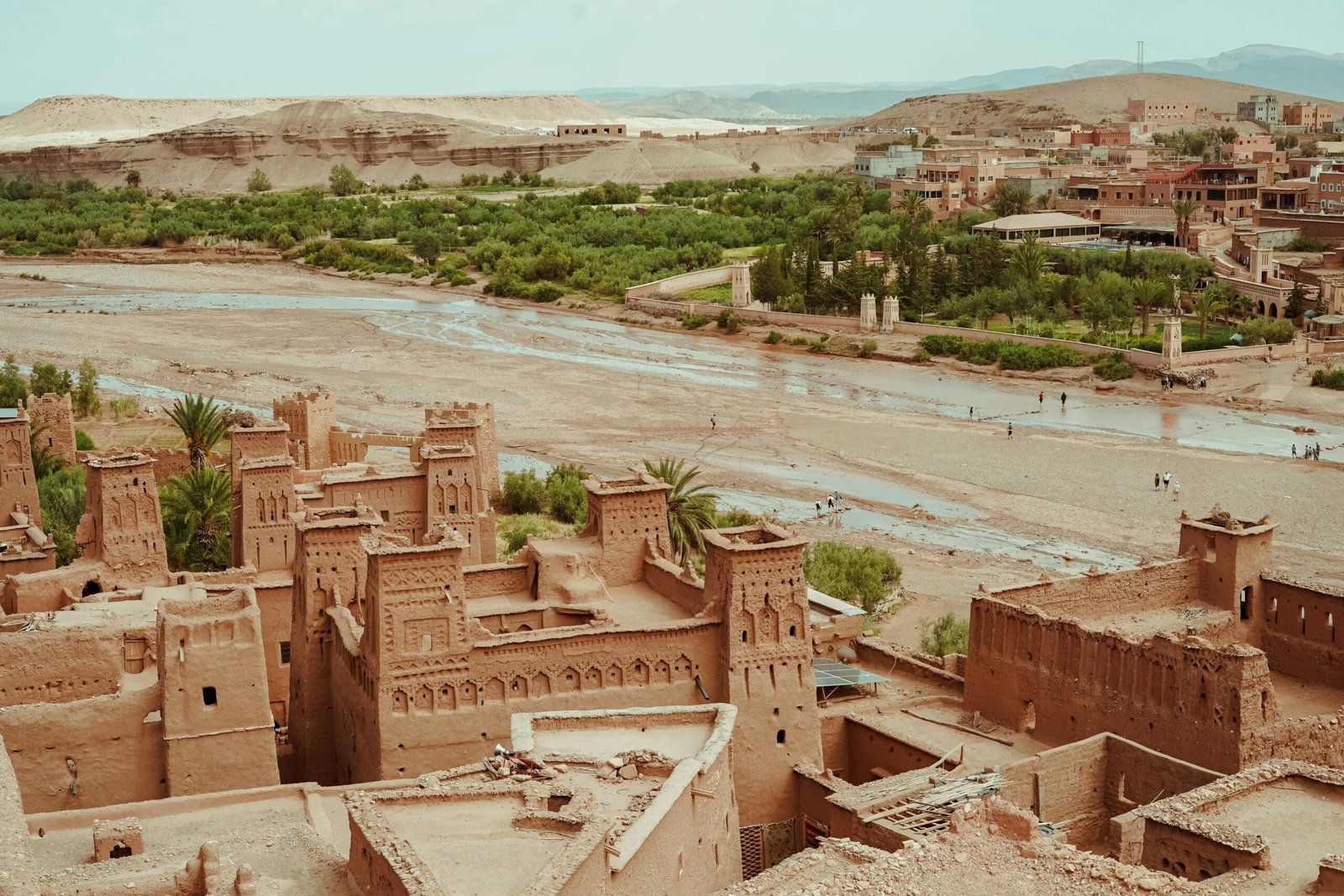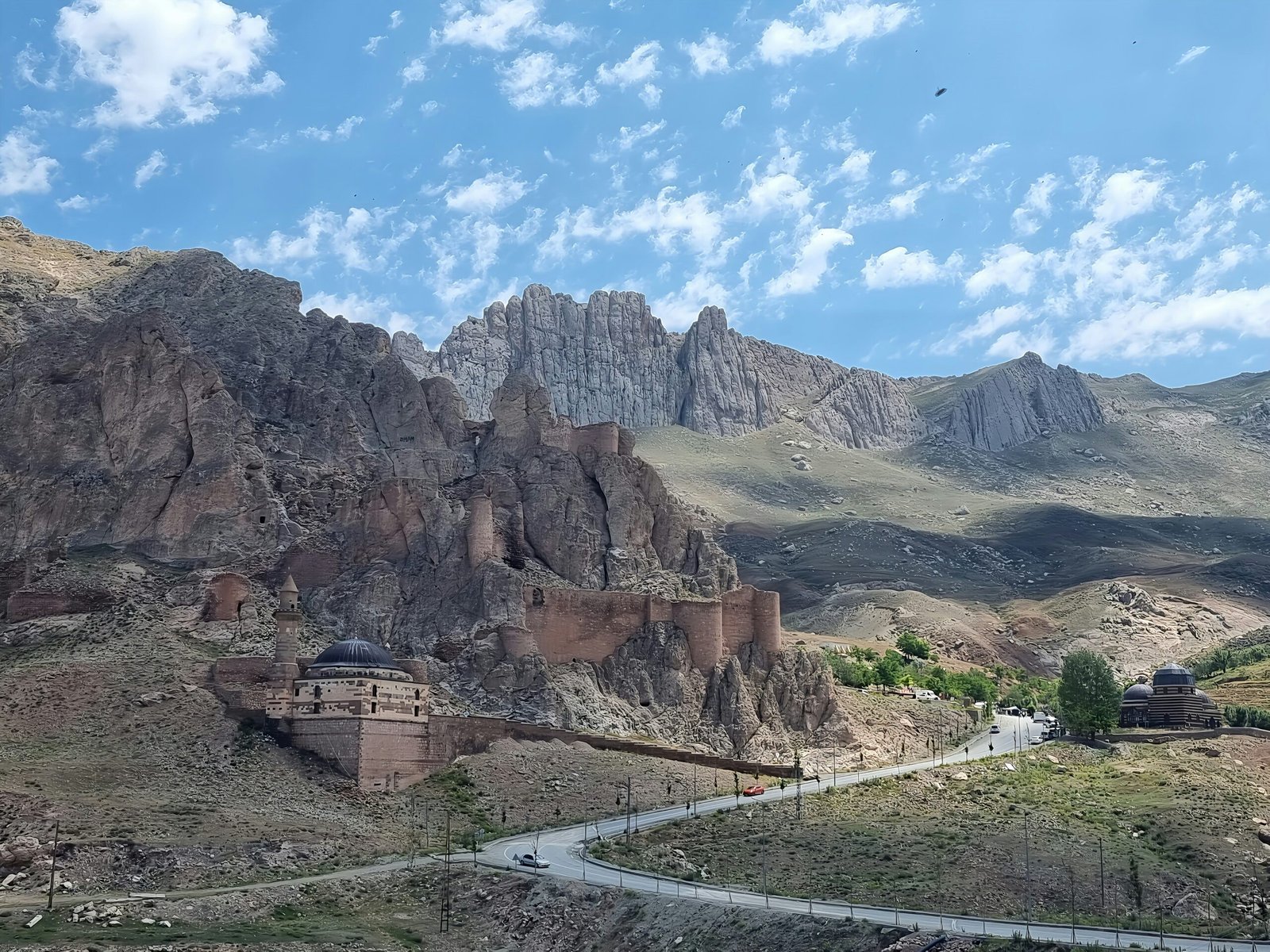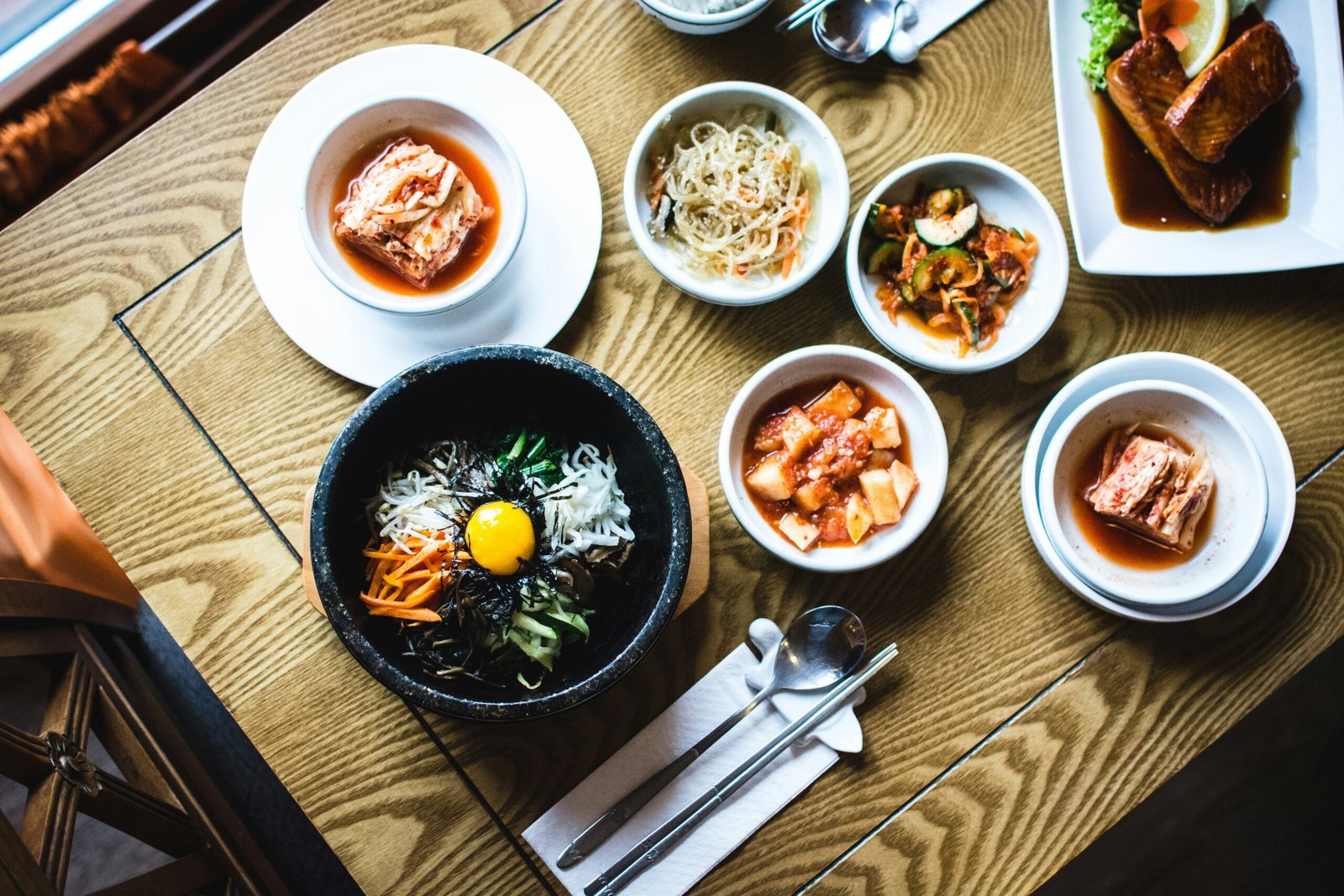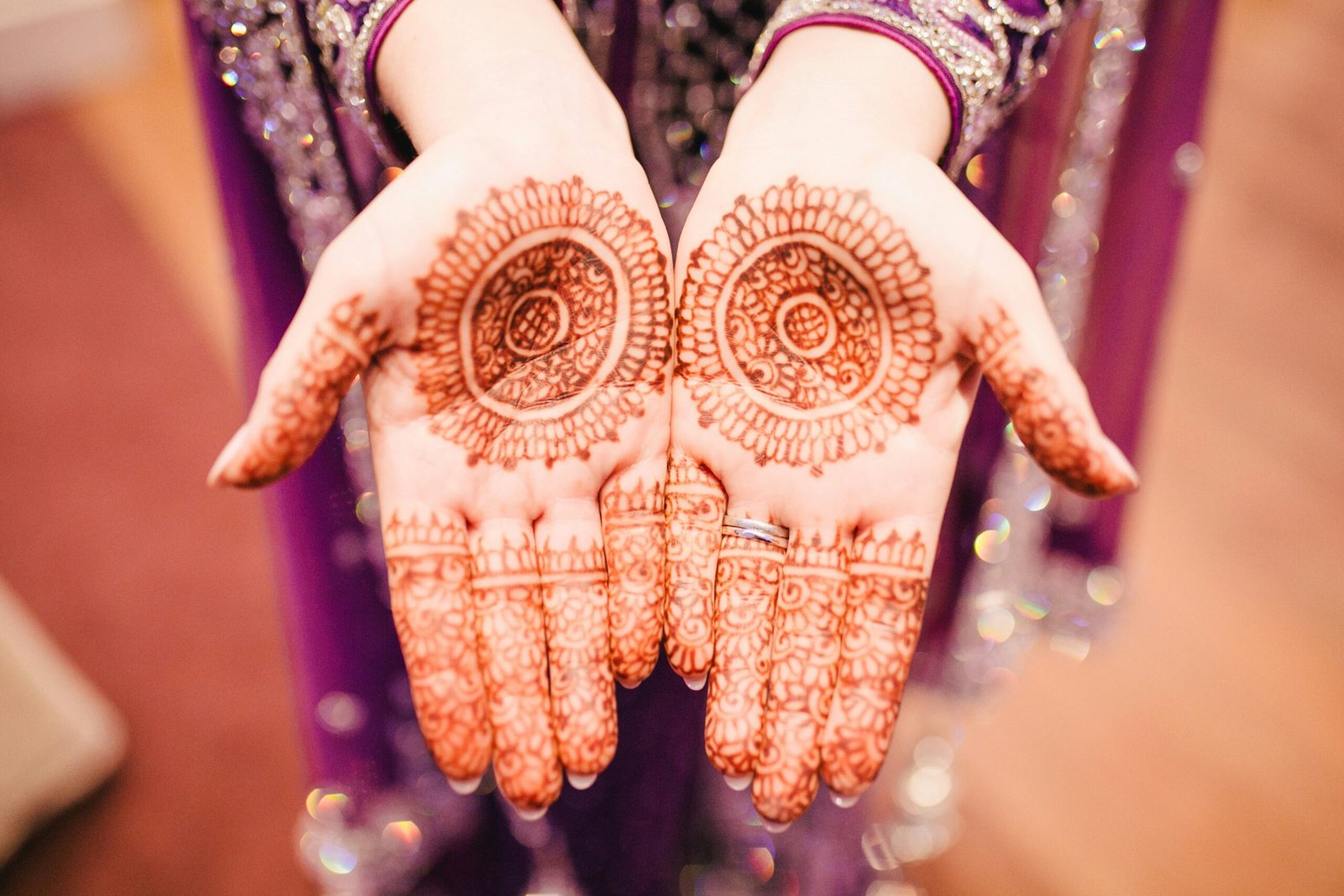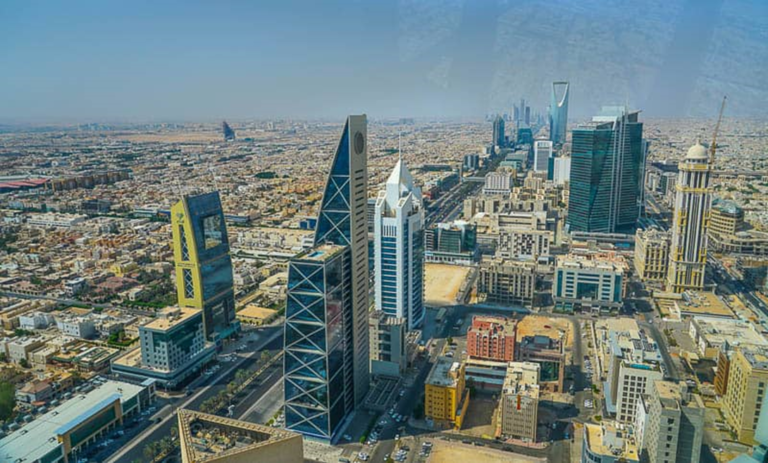Introduction to Henna Tattoos
Henna tattoos, also known as Mehndi, have garnered considerable attention worldwide for their rich cultural heritage and artistic representation. Henna is derived from the leaves of the Lawsonia inermis plant, which is native to North Africa and parts of Asia. The practice of applying henna as a form of body art dates back thousands of years, with its origins believed to be in the ancient civilizations of the Mediterranean and the Middle East. This natural dye has been utilized not only for its aesthetic qualities but also for its cooling properties, even being employed in ancient medicinal practices.
The global appeal of henna tattoos can be attributed to their intricate designs and symbolism. As henna transcends geographical boundaries, it has been embraced by various cultures, each interpreting the art form differently. In many regions, henna is closely associated with celebrations such as weddings, religious occasions, and festivals, where its application symbolizes beauty, joy, and good fortune. The designs often feature floral patterns, geometric shapes, and elaborate motifs, varying significantly across different cultures. They serve as a temporary yet profound form of expression that resonates with individuals seeking to adorn their bodies with meaningful art.
In the specific context of Morocco, henna tattoos hold a significant cultural importance. They are more than just a form of decoration; they are deeply intertwined with customs and social practices. The Moroccan approach to henna embodies a historical narrative where traditions shape the individual and community identity. As we delve deeper into this blog post, we will explore the distinct cultural significance of henna tattoos in Morocco, examining their roles in social rituals, family ties, and the collective memory of the Moroccan people.
Cultural Heritage of Henna in Morocco
Henna, known as “mehndi,” holds profound significance in Moroccan culture, intertwining itself with various aspects of daily life and traditional practices. Historically, the application of henna has been prevalent in Morocco for centuries, serving not only as a form of body art but also as a symbol of prosperity, protection, and celebration. The leaves of the henna plant, which are harvested and ground into a fine powder, are mixed with water and essential oils to create a paste that is most commonly used to adorn the skin.
In Moroccan ceremonies, particularly weddings and celebrations, henna plays an integral role. The “Henna Night” is a cherished tradition, where the bride-to-be and her close female family members gather to apply intricate henna designs on their hands and feet. This gathering represents bonding, joy, and the transition into a new chapter in life. The designs vary from simple patterns to elaborate motifs, each carrying its own symbolism and intended to bring good fortune.
Over the years, the use of henna has evolved while still retaining its cultural essence. While the traditional motifs often depict flora, geometrical shapes, and symbols of fertility, contemporary designs have come to embrace modern artistic expressions. The significance of henna extends beyond mere aesthetics; it is also believed to have protective qualities against evil spirits and misfortune. In various regions of Morocco, the application of henna has become part of rites of passage, such as birth celebrations and religious holidays, emphasizing its role in the cultural tapestry of Moroccan society.
Through the ages, henna has not only remained a distinctive aspect of Moroccan heritage but also transformed into a symbol of identity. As global interest in henna tattoos has grown, the Moroccan style continues to inspire henna enthusiasts worldwide while preserving its rich traditional roots and significance within the local culture.
Henna in Ceremonial Practices
Henna, a natural dye derived from the Lawsonia inermis plant, has been imbued with profound cultural significance in Moroccan society, particularly during ceremonial events such as weddings and religious festivals. These occasions are enveloped in rich traditions where henna serves not only as a decorative element but also as a symbol of auspiciousness and well-being.
During weddings, the application of henna takes center stage in pre-wedding rituals. The Henna Night, or “Laylat al-Henna,” is a festive gathering where the bride is adorned with intricate henna designs. These designs, often elaborate and uniquely tailored to express personal and cultural narratives, are believed to bring good fortune and fertility to the newlyweds. The ceremony typically involves family and friends who gather to apply the henna in a convivial atmosphere filled with music, dancing, and communal joy. The choice of motifs often reflects both aesthetic preferences and significant cultural symbols, making each design deeply meaningful.
In addition to weddings, henna is prominently featured in various religious festivals, notably during Eid celebrations. It represents purification and blessings. Many Moroccan women apply henna as a rite of passage during Eid al-Fitr, marking the end of Ramadan. This festive application reinforces familial bonds and cultural identity. The act of applying henna serves as a form of artistic expression while fostering communal solidarity amongst participants.
Overall, the incorporation of henna in these ceremonious practices underscores its role as a deep-seated cultural artifact, playing a vital role in various facets of Moroccan society. The henna designs, rich in symbolism and meaning, contribute to the celebration and recognition of life’s pivotal moments.
The Artistry of Henna Design
Henna tattoos, known as “mehndi” in Morocco, represent a rich cultural tradition that encompasses intricate artistry, symbolism, and a deep-rooted connection to community and celebration. The artistry of henna design features elaborate patterns and motifs that reflect the skills and creativity of henna artists, who have often spent years perfecting their craft. These artists possess a keen understanding of color, form, and cultural significance, allowing them to create stunning temporary tattoos that adorn the skin.
Common motifs in henna design include floral elements, geometric shapes, and intricate vines. Each design is meticulously applied using a natural paste made from the leaves of the henna plant, which, when dried, leaves a dark, lasting stain on the skin. The art of henna is not merely about application; it involves a deep knowledge of symbolism as well. For instance, certain motifs may signify fertility, protection, or good fortune. The selection of designs often accompanies significant life events such as weddings, births, and festivals, thereby creating a narrative that enriches the experience of the wearer.
Creating henna designs requires not only artistic talent but also an understanding of the cultural context in which they are situated. Henna artists must be adept in the traditional techniques of application, which is often done freehand. This mastery allows artists to produce unique and personalized designs for each client, making every tattoo a reflection of individual stories and identities. In Morocco, the artistry of henna also plays a vital role in social interactions, as it is common for women to gather for henna application sessions, further solidifying community bonds.
Ultimately, henna tattoos embody a blend of artistic expression, cultural heritage, and personal significance, making the artistry of henna design an essential aspect of Moroccan culture.
Spiritual and Healing Associations
In Moroccan culture, henna tattoos are imbued with rich spiritual and healing associations that extend beyond mere decorative artistry. The application of henna is often viewed as a ritualistic practice, deeply rooted in tradition and conveying a multitude of meanings across various social contexts. From joyous celebrations to solemn ceremonies, henna serves as a link between the physical and spiritual realms.
Historically, henna has been regarded as a protective element, believed to ward off negative energies or unwanted spirits. This perception is particularly evident during significant life events, such as weddings and births. The intricate designs, often drawn on the hands and feet of brides, are thought to secure blessings of fertility, joy, and prosperity. The application of henna is conducted in a social setting, involving family and friends, fostering a communal spirit that enhances the healing and protective properties associated with the practice.
Moreover, henna is also linked to wellness practices in Moroccan culture. Many believe that the natural ingredients in henna possess medicinal properties that can alleviate various ailments, ranging from skin conditions to stress relief. Individuals may apply henna not just for its aesthetic appeal, but also for its purported ability to improve overall health and well-being. The soothing process of applying henna offers a form of therapy, allowing individuals to connect with their inner selves, promoting mindfulness and tranquility.
Thus, henna tattoos in Morocco are far more than an art form; they represent a profound connection to spirituality and healing. This dual significance ensures that the tradition of henna remains an essential aspect of Moroccan life, fostering cultural identity and communal bonds that resonate through generations.
Modern Trends and Global Influence
In recent years, the art of henna tattooing has undergone a transformative shift, thanks to the influence of globalization and contemporary trends. Traditionally, henna, which is made from the leaves of the henna plant, has been used in Morocco primarily for celebratory occasions and cultural rituals. However, its appeal has transcended national borders, creating a fusion of traditional and modern aesthetics that has significantly impacted its practice.
Across various cultures, henna designs have been adapted to suit contemporary tastes, resulting in a diverse range of styles. For instance, modern henna artists frequently incorporate geometric shapes, floral patterns, and even abstract designs that diverge from traditional Moroccan motifs. This integration of new design elements allows henna to appeal to a broader audience, blending cultural significance with artistic innovation. Moreover, social media platforms have played a pivotal role in promoting these modern interpretations, thereby enhancing the visibility of henna tattoos worldwide.
The globalization of henna has also fostered a growing demand for henna applications in events beyond traditional ceremonies. For many individuals outside Morocco, henna tattoos are now considered a fashionable accessory for festivals, music events, weddings, and even everyday wear. This shift demonstrates how traditional practices can be redefined and celebrated within global contexts. As henna becomes more mainstream, artists are finding new ways to innovate while respecting the cultural roots of their craft.
Ultimately, the blend of modern aesthetics with traditional henna tattooing not only reflects the evolving nature of artistic expression but also highlights the importance of cultural exchange in shaping contemporary beauty practices. Through this exchange, henna continues to thrive, maintaining its relevance while adapting to the values and preferences of a global audience.
Sustainability and Ethical Considerations
Henna tattoos, a traditional form of body art in Morocco, are not only cherished for their aesthetic appeal but also raise important sustainability and ethical considerations. The primary ingredient, henna, is derived from the Lawsonia inermis plant, commonly known as the henna plant. Cultivating henna sustainably is crucial to mitigate any adverse environmental impacts associated with its production. Sustainable farming practices ensure that henna is grown in a manner that conserves water, reduces pesticide use, and promotes biodiversity, ultimately supporting healthier ecosystems.
Moreover, the sourcing of henna plays a critical role in ensuring ethical practices throughout the supply chain. Traditionally, henna has been harvested in small-scale farms, where local artisans can engage in fair trade practices. However, the growth in demand for henna tattoos has led to concerns over large-scale agricultural operations that may exploit land and labor. Consumers should seek out henna products that are certified organic or come from reputable sources that adhere to ethical guidelines. This encourages a more responsible approach to the consumption of henna, supporting local economies and ensuring that farmers receive fair compensation for their labor.
In addition to sourcing, environmental impacts must be considered. The increase in use of synthetic dyes and chemical additives in some henna products poses risks not only to personal health but also to the environment. These substances can damage soil quality, contaminate water sources, and threaten wildlife. Thus, opting for 100% natural henna is preferred, as it minimizes chemical exposure and promotes a healthier art form. Furthermore, awareness of the sourcing and environmental footprint of henna can help facilitate discussions about its role in promoting sustainable practices in traditional arts, ensuring that the beauty of henna tattoos can be appreciated for generations to come.
Personal Experiences and Stories
Henna tattoos, known locally as “mehndi,” are not merely decorative art; they encompass deep cultural and personal significance for many individuals who have experienced their application in Morocco. One traveler shared their encounter during a visit to a local market in Marrakech, where the intricate designs captivated them. As they sat with a skilled henna artist, they learned about the meanings behind various patterns, which are often used to symbolize blessings, love, and protection during significant life events such as weddings and childbirth. This personal engagement provided the traveler with a sense of connection to the local culture, elevating their experience beyond mere tourism.
Another individual recalled their henna experience at a traditional Moroccan wedding. They described how the bride adorned herself with elaborate henna designs to signify her transition into marriage. The sharing of stories among the women during this ritual—each person recounting tales of their own henna experiences—added layers of communal bonding that transcended the physical act of applying henna. The participant remarked that it felt like becoming part of a long-standing tradition, where every swirl and curl of henna was infused with history and shared memories.
Furthermore, some recount using henna as a form of self-expression, particularly young Moroccan women who celebrate their individuality through personal designs. One woman, deeply inspired by her culture, mixed her own henna and created unique patterns that reflected her artistic vision and personal journey. This expression serves not only as an outward display of creativity but as an affirmation of her identity, showcasing the transformative power that henna holds in personal narratives.
These anecdotes illustrate how henna goes beyond aesthetics in Morocco; it serves as a means of connection—between individuals, cultures, and generations. Each henna application tells a story, making it a deeply personal and significant act that resonates profoundly with those who partake in it.
Conclusion: The Enduring Significance of Henna
In conclusion, henna tattoos hold a profound place in Moroccan culture, encapsulating an array of historical, social, and personal dimensions. As discussed, these intricate designs are not merely decorative; they serve as a medium of expression deeply rooted in tradition and identity. The art of henna is interwoven with significant life events such as weddings, births, and religious celebrations, illustrating its function as a rite of passage and a celebration of communal bonds.
Moreover, the symbolism associated with various henna patterns showcases an individual’s status, aspirations, and even their personal stories. This ancient practice is sustained and revered across generations, reflecting the resilience of Moroccan cultural heritage in the face of modernization. The use of henna transcends mere aesthetics; it represents a connection to one’s ancestors and the cultural narratives shared within families and communities.
As the world becomes increasingly globalized, the significance of henna tattoos continues to garner attention beyond Morocco’s borders. This fascination contributes to the broader appreciation of Moroccan culture and craftsmanship, inviting people from different backgrounds to engage with its beauty and meanings. In this context, henna can be seen as a bridge that fosters dialogue and understanding between cultures, emphasizing its role not only as a form of art but also as a vessel of cultural expression.
Thus, the enduring significance of henna in Morocco encapsulates its multifaceted nature—serving as a symbol of identity, a celebration of tradition, and a powerful means of personal expression. As we acknowledge these elements, it is clear that henna tattoos will continue to thrive, bridging the past with the present and influencing future generations.




